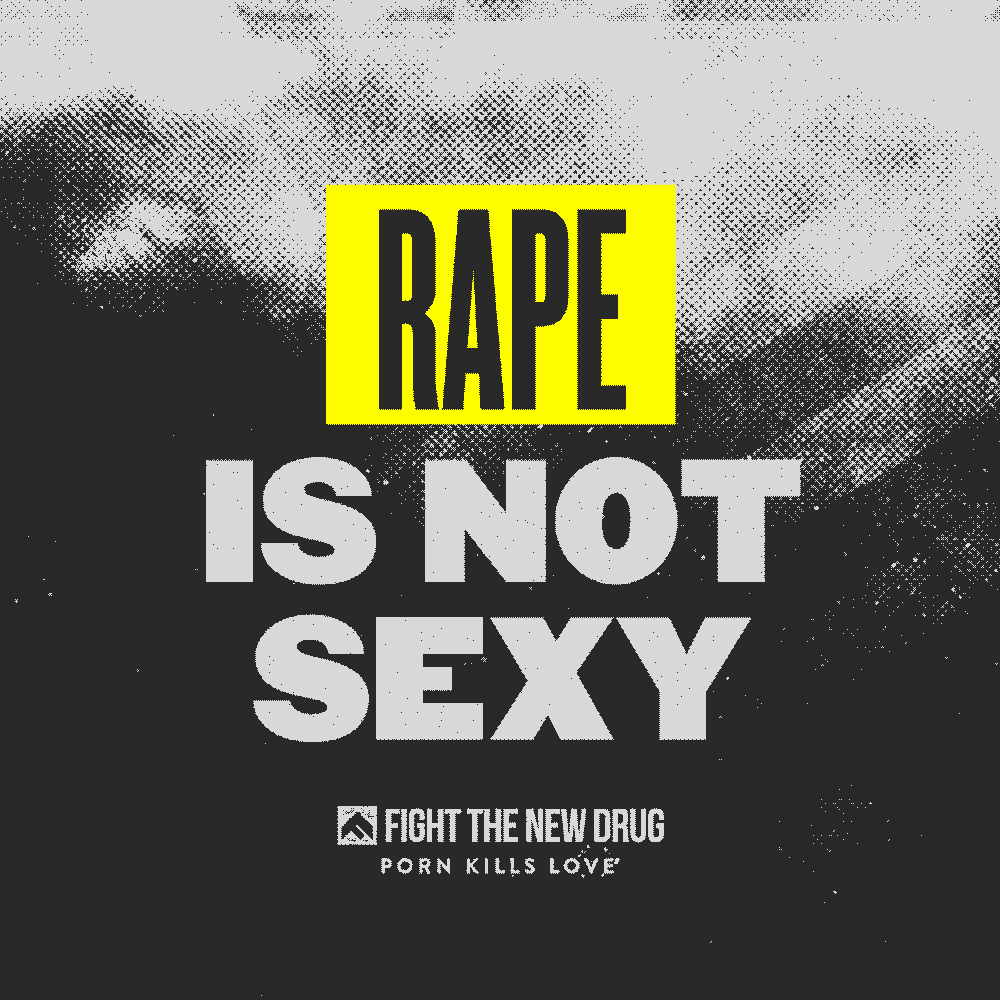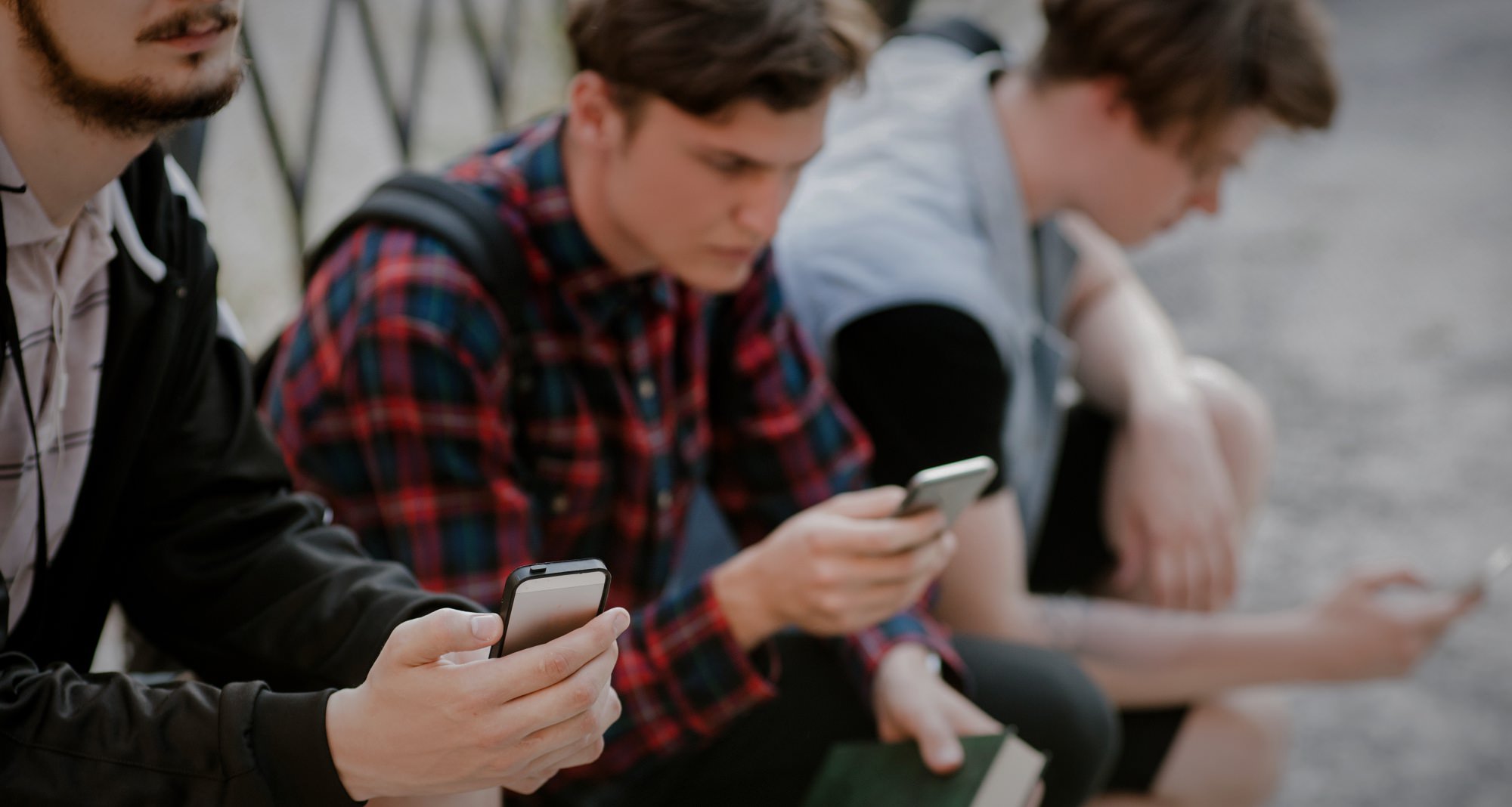“Why was the rape victim so upset? The sex only took a couple of minutes, but she’s depressed for, like, a year.”
In presentations about her book which tells the story of a teenage girl struggling through the emotional aftermath of being raped, this is one of the questions author Laurie Halse Anderson most frequently receives from the boys in the classrooms where she speaks.
Anderson has been speaking in schools all over the United States for 20 years. TIME Magazine recently profiled how, in every demographic category, teenage boys don’t believe that the girl in Anderson’s book was actually raped. They argue that she drank beer, she danced with her attacker and, therefore, she wanted sex. They see his violence as a reasonable outcome.
The girls in the class are generally shocked, while the teacher is appalled, when these kinds of questions are asked; they are stunned to discover how many guys simply don’t comprehend the nature of sexual assault.
But should they really be surprised?
Every 98 seconds, an American is sexually assaulted. And, according to a 2000 report from the Department of Justice, 96% of those offenders were male.
We live in a world today where boys (and girls) often access porn from as young as 9 years old, but are woefully unprepared in the realm of consent education—a lack of preparation that is only magnified by the easy accessibility of porn and its toxic messages.
How ill-informed are boys when it comes to consent education?
A two-part response is necessary to fully answer this question. The first part looks at how boys get educated these days, while the second part focuses on the content that is actually doing the educating.
How boys are educated
At the most basic, fundamental level of anyone’s education is the concept of Social Cognitive Theory (SCT).
We know that sounds a little complicated, but it’s actually pretty simple: SCT says that you are a product of your environment. In other words, who you are—your personality, your interests, your likes and dislikes, and more—is formed by the people around you and the culture you live in, among other factors.
The fact that everyone is educated by their environment is not necessarily a positive or a negative thing, but it can become a positive or a negative thing depending on the content fueling that environment.
For example: what happens when a substantial part of that formation equation is toxic? More specifically, what happens when a teenage boy’s understanding of his relationship to a girl’s body is formed by rape culture?
But before we dig deeper, let’s review the definition of “rape culture.” For those of you who are unsure of what it means, it’s a sociological concept for a setting in which rape is pervasive and normalized due to societal attitudes about gender and sexuality.
The behaviors generally associated with rape culture include victim-blaming, sexual objectification, trivializing rape, denial of widespread rape, refusing to acknowledge the harm caused by sexual violence, or some combination of these.
We don’t know about you, but the responses that teenage boys give Anderson after her presentations fit that list pretty well.
So, if rape culture is an environmental educator for boys, what is the content that actually informs the boys’ behavior?
The content that educates boys
According to Anderson’s experience, boys often learn about sex from parents who generally limit conversations to “don’t get her pregnant” lectures, from friends (who are also ill-informed), and from internet porn.
This limited education from the prior named sources often characterizes rapists as only being the stranger on the street, not the hometown hero or high school quarterback who pushes his girlfriend further than she’d like to go because they’ve both had too many drinks.
For those boys who’ve been in the latter situation, which Anderson says is many of those in the schools where she talks, rape isn’t “that bad” for the survivor.
But those boys and their educators are severely mistaken if they think that’s the case.
Related: Is Rape Culture Real? Let’s Take A Look At The Evidence
Studies show that 94% of women who are raped experience PTSD symptoms, close to a third of whom still have PTSD symptoms 9 months after the rape. Moreover, 13% of all rape survivors attempt suicide.
So, how do we reduce such disturbingly high levels of sexual violence? And what does any of this have to do with porn?
Reducing sexual violence
The answer isn’t simple, but it includes improving the content shared by those who have an opportunity to model consent, like parents, and understanding the harms of content like porn.
How to model consent
Anderson says that all kids should know by the time they are old enough to walk that they “[Shouldn’t] touch anyone without consent.” She implores families and schools to regularly share facts about bodies and sex appropriate to the age of the child, and also for boys to be taught about the laws and moral code surrounding consent.
Finally, Anderson calls those modeling consent to have tough conversations: the conversations where questions are answered and those modeling consent actually share about their own shortcomings and the times when others hurt them.
Why understanding porn’s harms is necessary
According to one study, up to an astounding 88% of porn scenes contain physical violence, while another 49% contain verbal aggression.
In an article written for the Journal of Applied Social Psychology, study authors Dolf Zillman and Jennings Bryant found that there was a substantial correlation between high levels of adult male aggressiveness and exposure to hard-core sexual imagery. A similar conclusion was made in an Australian study on sexually abusive children that named today’s porn as a “key factor” in boy’s increased aggressiveness. Another comparable study run at the Virginia Department of Juvenile Justice found complementary results with 97% of offenders having used porn.
The research is clear: porn models aggression that, in turn, increases instances of sexual assault.
Why this matters
In order to be the difference that we want to see in the world, we must be aware of the facts and act.
The task is easy to understand but it’s anything but easy to do. Even so, we can start right here: by getting educated about porn’s harms and refusing to click.
By doing that, we can replace assumptions with knowledge based on scientific facts, and we love ourselves and others better.

Your Support Matters Now More Than Ever
Most kids today are exposed to porn by the age of 12. By the time they’re teenagers, 75% of boys and 70% of girls have already viewed itRobb, M.B., & Mann, S. (2023). Teens and pornography. San Francisco, CA: Common Sense.Copy —often before they’ve had a single healthy conversation about it.
Even more concerning: over half of boys and nearly 40% of girls believe porn is a realistic depiction of sexMartellozzo, E., Monaghan, A., Adler, J. R., Davidson, J., Leyva, R., & Horvath, M. A. H. (2016). “I wasn’t sure it was normal to watch it”: A quantitative and qualitative examination of the impact of online pornography on the values, attitudes, beliefs and behaviours of children and young people. Middlesex University, NSPCC, & Office of the Children’s Commissioner.Copy . And among teens who have seen porn, more than 79% of teens use it to learn how to have sexRobb, M.B., & Mann, S. (2023). Teens and pornography. San Francisco, CA: Common Sense.Copy . That means millions of young people are getting sex ed from violent, degrading content, which becomes their baseline understanding of intimacy. Out of the most popular porn, 33%-88% of videos contain physical aggression and nonconsensual violence-related themesFritz, N., Malic, V., Paul, B., & Zhou, Y. (2020). A descriptive analysis of the types, targets, and relative frequency of aggression in mainstream pornography. Archives of Sexual Behavior, 49(8), 3041-3053. doi:10.1007/s10508-020-01773-0Copy Bridges et al., 2010, “Aggression and Sexual Behavior in Best-Selling Pornography Videos: A Content Analysis,” Violence Against Women.Copy .
From increasing rates of loneliness, depression, and self-doubt, to distorted views of sex, reduced relationship satisfaction, and riskier sexual behavior among teens, porn is impacting individuals, relationships, and society worldwideFight the New Drug. (2024, May). Get the Facts (Series of web articles). Fight the New Drug.Copy .
This is why Fight the New Drug exists—but we can’t do it without you.
Your donation directly fuels the creation of new educational resources, including our awareness-raising videos, podcasts, research-driven articles, engaging school presentations, and digital tools that reach youth where they are: online and in school. It equips individuals, parents, educators, and youth with trustworthy resources to start the conversation.
Will you join us? We’re grateful for whatever you can give—but a recurring donation makes the biggest difference. Every dollar directly supports our vital work, and every individual we reach decreases sexual exploitation. Let’s fight for real love:





